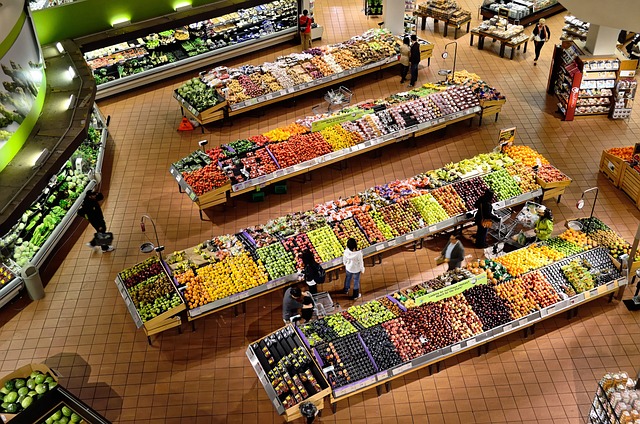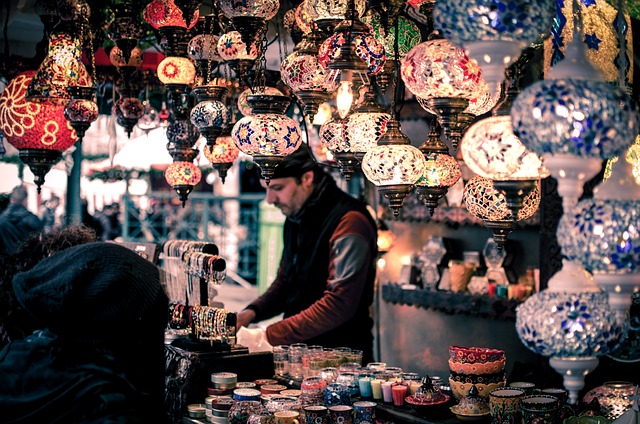Certainly, here's an outline to guide you through creating an article under the title "Pre-loved Items: The Ultimate Discounted Shopping":
---
**1. Introduction**
Kick off your article with an engaging introduction explaining the concept of pre-loved or secondhand items and their place in today's economy.
**2. The Pre-loved Market**
Detail the extent and variety of the pre-loved market. Talk about the different types of products that can typically be found, such as clothing, furniture, electronics, and more.
**3. The Benefits of Pre-loved Shopping**
Discuss the many advantages of shopping for pre-loved items, such as cost savings, unique finds, and more.
**4. Sustainability and Pre-loved Items**
Dive into the sustainability aspect of pre-loved shopping. Talk about how it reduces waste and promotes a circular economy.
**5. The Quality of Pre-loved Items**
Address any concerns about the condition and quality of pre-loved items. Provide tips on how to discern the quality of secondhand products.
**6. Efficient Shopping Strategies**
Share practically useful strategies for hunting in pre-loved markets, both in-person and online.
**7. The Booming Impulse of Online Secondhand Marketplaces**
Highlight the growth of online secondhand marketplaces, and how they have expanded access to a broader range of pre-loved items.
**8. Cleaning and Taking Care of Pre-loved Items**
Provide useful tips and advice on cleaning and maintaining pre-loved items to ensure they last.
**9. Wardrobe Revamp with Pre-loved Finds**
Place a spotlight on fashion and how pre-loved pieces can add unique and fashionable items to one's wardrobe without breaking the bank.
**10. Pre-loved Items for the Home**
Discuss how pre-loved furniture and home d cor can add personality and warmth to a living space at a fraction of the cost of new items.
**11. Charity Shops and Donation Centers**
Briefly touch on the role of charity shops and donation centers in the pre-loved market, highlighting the added benefit of supporting good causes when shopping at these stores.
**12. Conclusion**
Conclude your article by recapping the value of pre-loved items not only as cost-savers but also as a more sustainable choice and a treasure trove of unique finds.
This outline should assist you in mapping out an article that is both informative and captivating for those interested in discounted shopping and sustainable living.
Certainly, here's an outline to guide you in developing an article titled "Shopping Pre-loved: Techniques and Strategies":
---
**1. Introduction**
Initiate with an intriguing introduction discussing the appeal and benefits of shopping for pre-loved goods.
**2. Understanding the Pre-loved Market**
Explain what constitutes the pre-loved market. Discuss different sources of pre-loved goods, from thrift stores and garage sales to online marketplaces.
**3. Benefits of Shopping Pre-loved**
Highlight the advantages that come with buying pre-loved items, focusing on cost-saving, uniqueness, and sustainability aspects.
**4. Firsthand Knowledge for Secondhand Shopping**
Talk about the base criteria to consider while shopping pre-loved. Mention factors like quality, aesthetics, functionality, and price-points.
**5. Navigating Online Marketplaces**
Provide guidance on maneuvering through online resale shops. Discuss how to filter search results, read descriptions carefully, and assess seller ratings.
**6. Timing Your Shopping Spree**
Explain the role of timing in second-hand shopping. Point out how approaching sales, end of seasons, and weekdays might present an advantage.
**7. The Art of Bargaining**
Offer tips for effective negotiation. In the second-hand market, prices are often flexible, so knowing how to bargain can yield additional savings.
**8. Learning to Spot Quality**
Discuss various ways to identify the quality of second-hand items before purchase. Talk about signs of wear and tear, fabric quality, craftsmanship, among others.
**9. The Try Before You Buy Policy**
Especially in the case of clothing and electronics, explain the importance of trying items out before purchasing whenever possible.
**10. Sustainability and Buying Secondhand**
Appreciate the environmental impact of buying pre-loved items. Discuss how this practice aids in reducing waste and promoting circular consumption.
**11. Verifying Authenticity of High-value Items**
Offer advice on verifying the authenticity of pre-loved designer goods or antiques, as the secondhand market can sometimes be rife with counterfeits.
**12. Conclusion**
Conclude the article by summarizing the key pointers and restating the value and joy in finding treasured items through pre-loved shopping.
This outline should enable you to deliver a comprehensive and insightful article, providing readers with a toolkit for journeying through the world of secondhand shopping.




